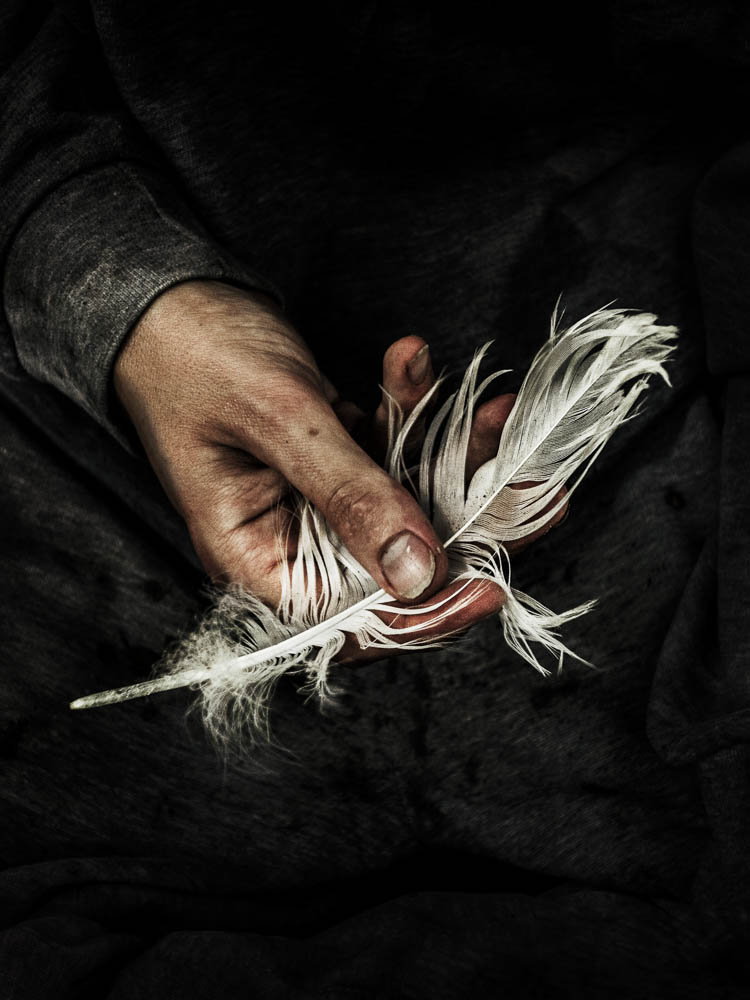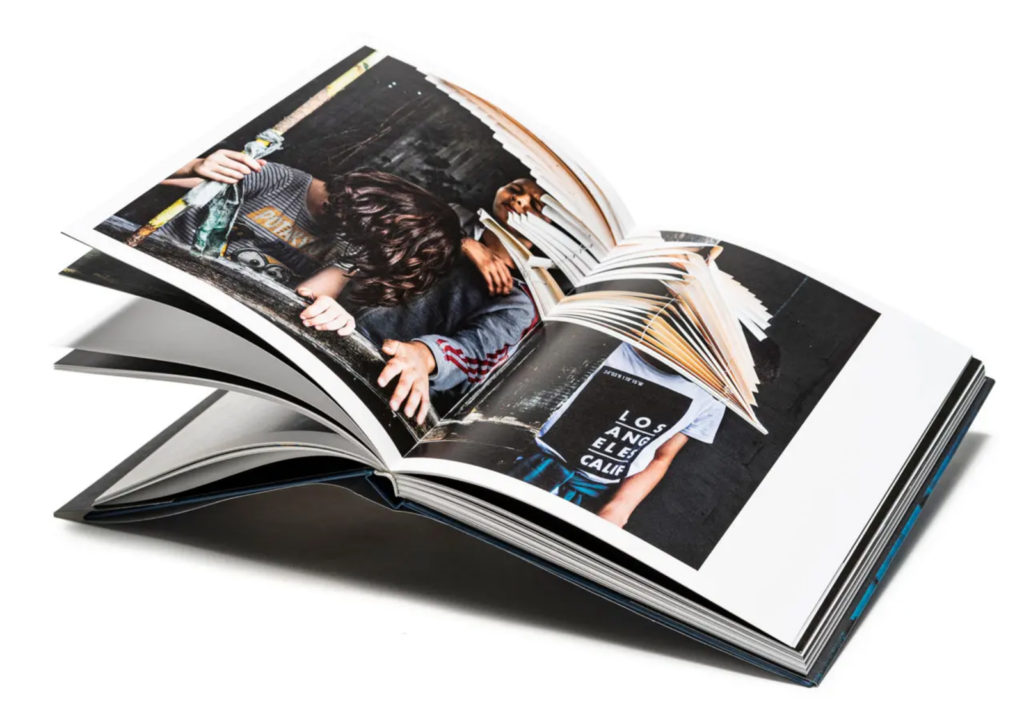Lionel Jusseret is a Belgian documentary photographer. After finishing his studies at INSAS in 2012, he started photographing children with autism in the French association J’interviendrais. In search of unpredictable images, Jusseret aims at the intimacy of the subject, with an anthropological approach . His long term Kinderszenen recently published by Loco editions.
How did you decide to pursue this sensitive subject?
There are a lot of reasons. The most obvious are : the encounters. The children and adolescents with whom I have lived for a few days, a few weeks or even a few years have very strong personalities. Beside them, I feel very ordinary. Without personality. I am passionate about human race. So being with them is a source of enrichment that continues, that never cease. My photos show that. Children and adolescents full of themself … And mystery. Autism is not a sickness. It is type of personality.
Is the effectiveness of France’s national autism care program for children with autism being contested?
They say there is as much autism as there is autism. It is impossible to generalize. I have met a lot of nonverbal autistic people. People with “severe” autism. The autism program is extensive and I am nobody to criticize it. I read a point on the inclusion of the autistic person in schools. It is aimed at a certain audience. I mean, for non-verbal people, it’s already complicated. Personally, I hated school. The other children laughed at me because I had glasses. Seriously … School is the apology of conformism. As I wrote above, people with autism have very strong personalities. I have read the biography of autistic writers. For those who had the opportunity to go, school was a real nightmare. A trauma. Inclusion at school is very hard. You need very well trained teachers. And the space to do it. Do you see the state of schools in France? But slowly the mentalities are changing.
A common question to photographers refers to how to approach strangers for portraits. In your case, I think it would be really interesting to tell us a little bit about your communication with the portrayed children. How did you approach them? It’s obvious that you’ve done such a remarkable job in that part as well.
Photography is very intuitive. Of course, I have a strong working method. A few years ago, I did a year of nursing studies. The teachers told us about the Sciences and Arts of nursing. Science, we can understand. And Arts speaks about the experience of the encounter which is naturaly unique. This is the definition of Art for nurses. I take a lot of importance to this aspect in my way of living and as a photographer. And if I am working well, I just have to push the button. My images are the result of human experience. And a lot of patience too.
The photobook is distinguished by a narrative that contains many different types of layout, such as photographs with borders, triptychs and grids. Could you talk about how you came up with the sequencing/editing of the book?
Initially, I had the idea of dividing the work with the chapters of Schuman’s Kinderszenen that I played on the piano when I was a child. My editor (Eric Cez, Loco editions) also found the idea good for the book. For me, editing is a bit like music. There are variations, moods, high points and low points. There were enough images to create a new proposition for each chapter. One way to play with the reader and to integrate him into my story.
What is the relationship between a photobook and an exhibition? Which form of presentation do you appreciate the most for your own work and which one do you like to look at photography in general?
I feel more comfortable with the book because I can really master my story. It’s the director’s cut. And there is the pleasure of working with the publisher and the designer. We are very much alone and suddenly we work as a family. It’s very nice. You can touch the book. Sens of touch must be part of the story. I don’t think I really liked the untouchable side of the exhibition. But it is also very pleasant to be surprised by a curator who will have a new vision of the work. And also, making the book can give new ideas for the scenography. One sequence in my book has become an eighteen-piece fresco. I’m quite proud of it.
What makes you engage with vulnerable communities in your projects, such as the nursing home in your most recent work ‘Les Impatientes’?
The book ‘Les Impatientes’ is in production and will be released at the beginning of 2022. What prompts me to cross the door of invisible community? It’s the encounter like I said, but also because they experience a conflict with the world around. I am driven by injustices and it is often in these places that a photographer is legitimate. That’s all.
Could you suggest a non-photographic book that you find inspiring regarding how you have come up to perceive photography?
Often on my bedside table : Sculpting in Time by Andreï Tarkovsky
One last thing, in your art making or perception of art in general, what would be the biggest difference between the early stages of your career and the present?
There is so much to say. But here is my last thought: I work with a digital camera and currently I am very afraid that this type of image – very cold and over-defined – will age very badly. In my first steps as a photographer I did not give a damn. But my gaze has change. Today, after already a few years of hard work, this idea that images could get old in this bad way haunts me.
More on his website













